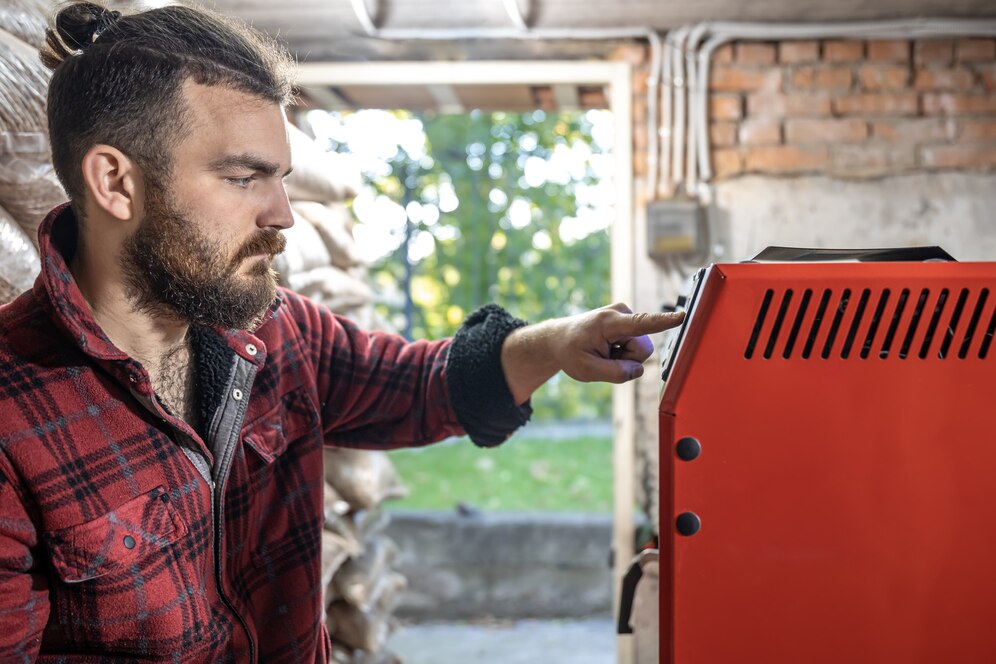Running out of heating oil can happen to anyone, especially during peak winter months. If your home relies on an oil furnace for heating, it’s important to know how to properly restart it after refilling your oil tank. An oil furnace requires a specific restart procedure to ensure it runs safely and efficiently. This guide provides a comprehensive walkthrough for restarting your furnace after it runs out of oil.
Step 1: Refill Your Oil Tank
First and foremost, refill your oil tank. You can schedule a delivery from your local oil supplier. After the tank is refilled, wait a few hours before restarting the furnace. This allows any sediment in the tank to settle, preventing clogging.
Step 2: Check the Thermostat
Ensure your thermostat is set to the “off” position before proceeding. This safety step is crucial to avoid any unexpected starts while you’re working on the furnace.
Step 3: Bleed the Furnace
When an oil furnace runs out of oil, air gets into the lines, which can prevent the furnace from starting. You’ll need to bleed the furnace to remove this air:
- Locate the bleeder valve. It’s usually on the side of the furnace’s oil burner.
- Place a container under the valve to catch the oil.
- Use a wrench to open the valve slightly.
- Turn on the furnace and watch the oil coming out of the valve. You’re looking for a steady stream of oil without air bubbles.
- Once there are no more air bubbles, close the valve.
Step 4: Press the Reset Button
Most oil furnaces have a reset button, often red, located on the burner itself. After bleeding the furnace, press this button. If the furnace doesn’t start after one or two tries, stop and wait about 30 minutes before trying again to prevent flooding the burner with oil.
Step 5: Turn on the Thermostat
Once the furnace is running smoothly, turn your thermostat back to your desired setting. The furnace should respond and start heating your home.
Step 6: Monitor the Furnace
Observe the furnace for a while to ensure it’s running smoothly and efficiently. Listen for any unusual sounds and watch for any signs of malfunction.
When to Call a Professional
- If the furnace doesn’t start after a couple of attempts at resetting.
- If you’re uncomfortable performing any of these steps.
- If you notice unusual noises, smells, or if the furnace doesn’t seem to be heating efficiently after restarting.
Preventative Measures
- Regular Oil Deliveries: Set up a regular delivery schedule with your oil supplier to prevent running out of oil.
- Annual Maintenance: Have your furnace inspected and serviced annually by a professional.
- Monitor Your Oil Level: Regularly check your oil tank’s level, especially during cold months.
Conclusion
Restarting an oil furnace after running out of oil involves several steps, including refilling the tank, bleeding the furnace, and resetting the system. While it’s a task that can be handled by most homeowners, don’t hesitate to call a professional if you encounter any issues or feel unsure about the process. Regular maintenance and keeping an eye on your oil level can help prevent similar issues in the future.





